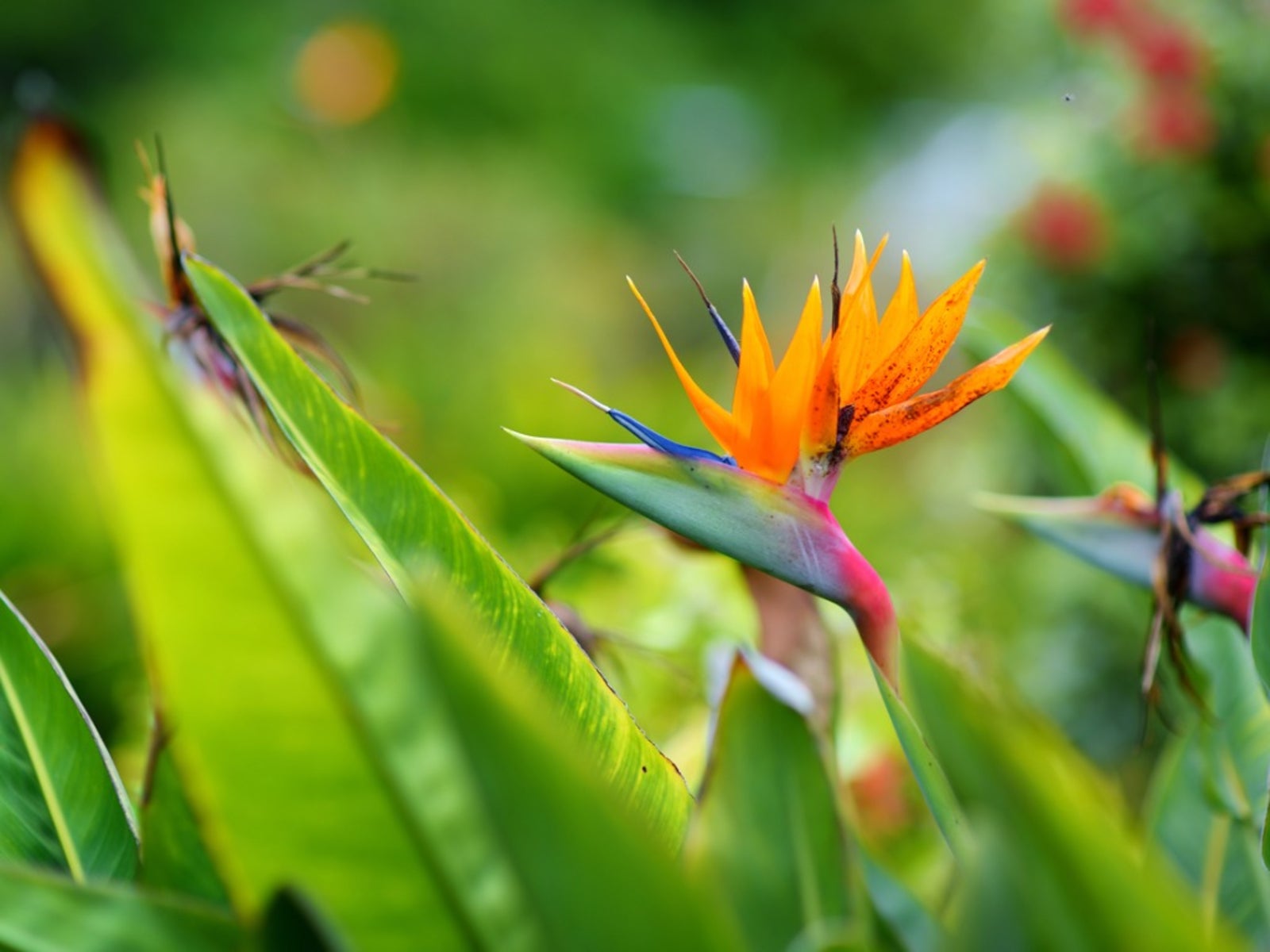Splitting Bird Of Paradise: Information On Dividing Bird Of Paradise Plants


Perhaps your bird of paradise has become too crowded or you simply want to create additional plants for the garden or as gifts for friends. Knowing how to divide a bird of paradise would most likely come in handy if you're not familiar with this. If your plant is growing in a container, it is an essential part of proper bird of paradise plant care to keep it from getting too root bound, though they like to be somewhat so. Let's look at dividing bird of paradise plants.
About Splitting Bird of Paradise
First of all, it's important to note that bird of paradise generally blooms best from large clumps or when slightly pot bound. For this reason, dividing is seldom necessary. However, these plants can be repotted or divided as needed in spring, but keep in mind that flowering will be put off or reduced. How do you know when this is necessary? Potted plants that have become too large may have roots protruding from the container or cracking it. Garden plants may simply spread away from their intended boundaries. This can be remedied with spade pruning -- driving a spade shovel into the ground around the plant to sever the runaway rhizomes.
How to Divide a Bird of Paradise
The easiest way to propagate bird of paradise is through division. Dividing bird of paradise plants is best accomplished on mature plants that have been previously blooming for at least three years. You can create new plants by removing young suckers from the plant or by digging up old clumps and separating the underground rhizomes with a sharp knife. Prior to new growth in spring, lift the plant from the ground or pot and cut the rhizome into sections, making sure each section contains a fan with roots.
Transplanting Bird of Paradise Divisions
Replant the divisions in similar locations and at the same depth as the previous plant it was taken from and water thoroughly. Likewise, you can plant them in individual pots with well-draining soil and water well. Keep these in a warm area with bright, indirect light for about eight weeks or until the roots become well established. At this time, they may be moved to a sunnier location. It will take about two to three years for flowering to occur in new divisions.
Sign up for the Gardening Know How newsletter today and receive a free copy of our e-book "How to Grow Delicious Tomatoes".

Nikki Tilley has been gardening for nearly three decades. The former Senior Editor and Archivist of Gardening Know How, Nikki has also authored six gardening books.